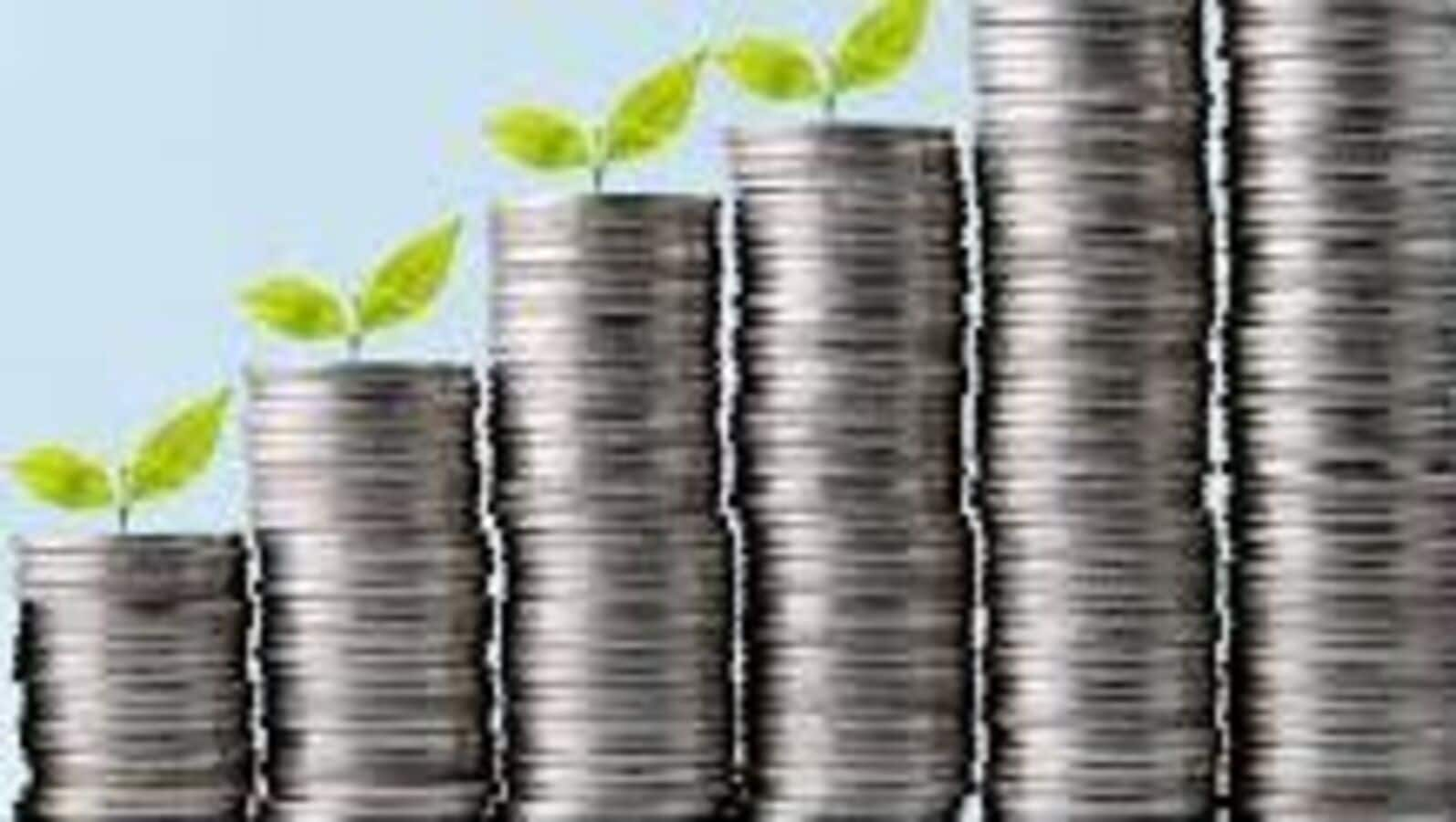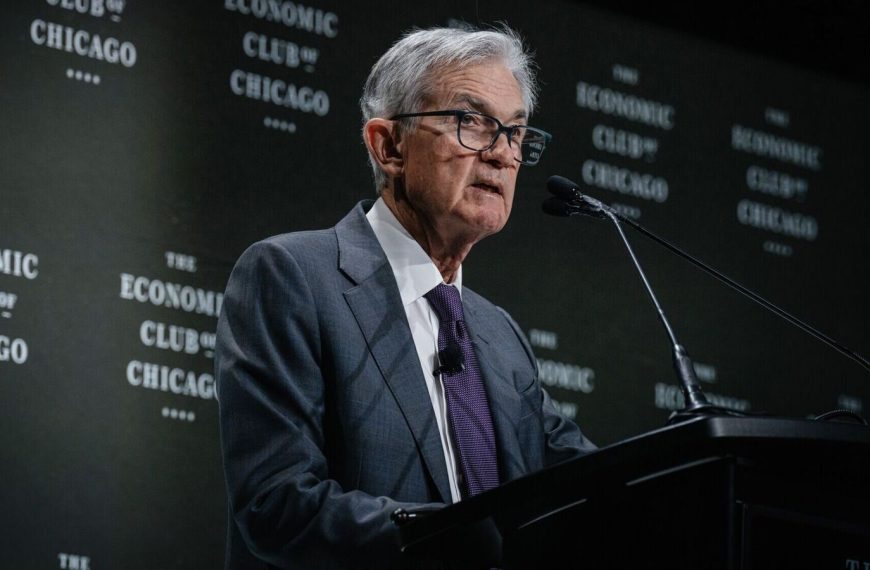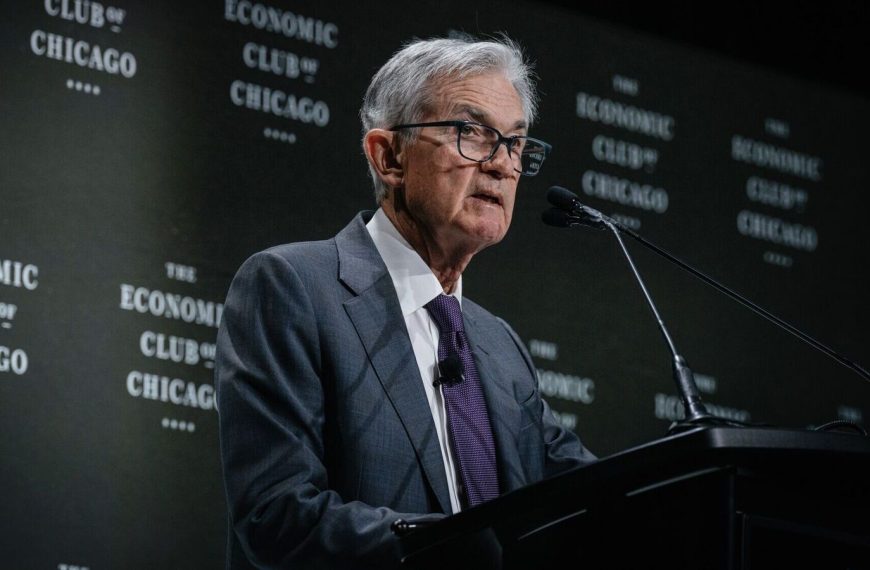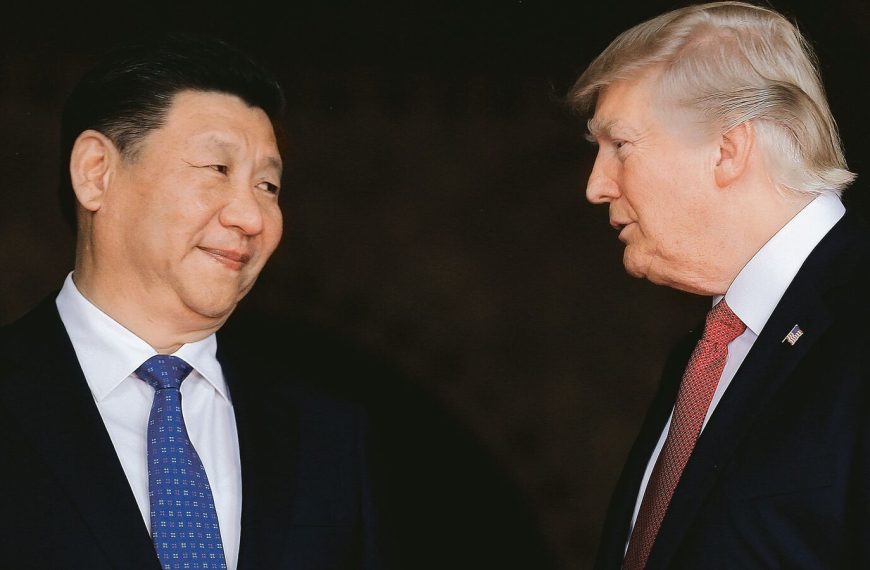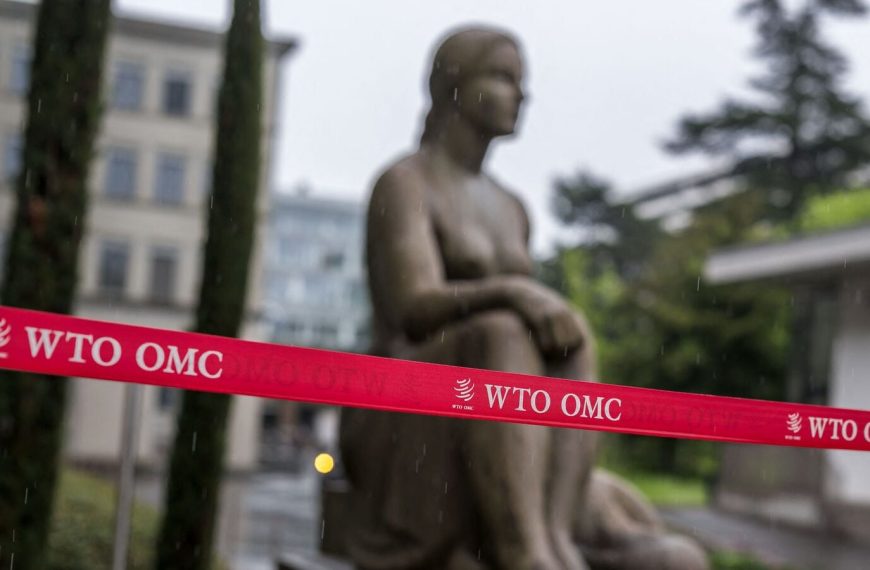Consumers are increasingly bracing for rising prices, with expectations for annual inflation hitting 3.9% over the next five to ten years. This marks a notable increase of 0.4 percentage points from the previous month and is the highest forecast in over thirty years. Short-term projections are also concerning, as consumers anticipate costs to ascend at an annual rate of 4.9% within the next year, up from 4.3%—the steepest rise since 2022.
Rising Concerns Over Tariffs
The expansion of President Donald Trump’s tariff policies has sparked significant anxiety among consumers, regardless of their political affiliations. Many fear these additional duties will inevitably lead to increased prices. While inflation showed signs of easing last month, any persistent rise in price pressures could force households to cut back on non-essential spending.
Declining Financial Confidence
Recent surveys reveal that consumer confidence regarding finances has plummeted to historic lows. According to Joanne Hsu, the survey director, “A lot of consumers expressed their worries over the high level of uncertainty surrounding economic policies and other factors. The frequent changes in policies make it challenging for consumers to plan ahead, regardless of their political views.”
- Key Statistics from the Survey:
- 48% of respondents mentioned tariffs during interviews.
- Consumers expect tariffs to exert significant upward pressure on inflation.
- The current conditions gauge dropped to 63.5, the lowest in six months.
- The expectations index reached its lowest point since July 2022.
Political Sentiment Shifts
Confidence levels among different political groups reflect a notable decline. The sentiment gauge for Republicans fell nearly 3 points, while Democrats experienced a drop of nearly 10 points. Independents saw a decrease of 5.4 points, highlighting widespread unease across the board.
In summary, as consumers face rising inflation expectations and an uncertain economic landscape, it’s clear that many are rethinking their spending habits. The administration aims to address trade imbalances and stimulate domestic production, but the prevailing uncertainty leaves consumers apprehensive about their financial futures.

